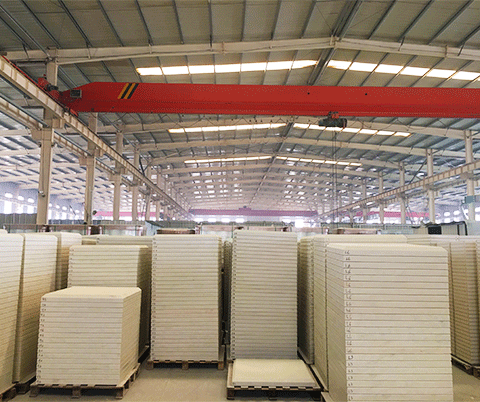loading...
- No. 9, Xingyuan South Street, Dongwaihuan Road, Zaoqiang County, Hengshui, Hebei, China
- admin@zjcomposites.com
- +86 15097380338
- Welcome to visit our website!
glass reinforced plastic structure
Glass Reinforced Plastic Structure An Innovative Material for Modern Engineering
In the realm of modern engineering and architecture, the evolution of materials has played a crucial role in shaping innovative designs and cost-effective construction solutions. One such material that has gained prominence over recent years is Glass Reinforced Plastic (GRP), also known as fiberglass. Combining the exceptional tensile strength of glass fibers with the versatility of plastic, GRP offers a unique solution that spans a diverse array of applications—from construction to transportation, and even consumer goods.
What is Glass Reinforced Plastic?
Glass Reinforced Plastic is a composite material comprising a polymer matrix reinforced with glass fibers. The process involves adding glass fibers, which are typically produced by melting silica sand, to a synthetic resin (commonly polyester or epoxy). This combination results in a lightweight yet extraordinarily robust material, making GRP an appealing alternative to traditional construction materials like steel and concrete.
The versatility of GRP is demonstrated in its ability to be molded into complex shapes, allowing for creative architectural designs that might be difficult or costly to achieve with conventional materials. Its resistance to corrosion, weather, and UV light further enhances its appeal, particularly in applications exposed to harsh environmental conditions. The low maintenance requirements and impressive lifespan make GRP an economically viable choice in the long term.
Applications of GRP Structures
GRP structures can be found across various sectors, each benefiting from the material's distinctive properties.
1. Construction and Architecture In modern architecture, GRP is increasingly used for facades, roofing, and structural components. Its lightweight nature reduces the burden on supporting frameworks, allowing for taller and more intricate designs. Additionally, GRP panels can be manufactured with an attractive finish, providing aesthetic appeal while ensuring energy efficiency through effective insulation.
glass reinforced plastic structure

2. Transportation The automotive and aerospace industries also leverage the advantages of GRP. It is used for manufacturing body panels, interior components, and even entire aircraft fuselages. The reduced weight of GRP components contributes to enhanced fuel efficiency and lower emissions, making it a pivotal material in the push for greener transport options.
3. Marine Applications Given its exceptional resistance to water and corrosion, GRP has become the material of choice for boat hulls, decks, and other marine components. The durability of GRP ensures that marine structures withstand the rigors of harsh aquatic environments, reducing maintenance costs over time.
4. Consumer Products Beyond industrial applications, GRP finds its way into the production of everyday items, including sports equipment, furniture, and storage solutions. Its versatility allows designers to create functional and aesthetically pleasing products.
Benefits of Glass Reinforced Plastic
The advantages of using GRP extend beyond its physical properties. Firstly, its lightweight nature directly translates to reduced transportation costs, especially significant in large-scale projects where shipping bulk materials can escalate expenses. Additionally, the ease of fabrication allows for faster production times, enabling quicker project completion.
Moreover, GRP is highly customizable; manufacturers can adjust the composition to achieve desired mechanical properties, such as flexibility or rigidity, depending on the application requirements. This adaptability makes GRP suitable for a spectrum of projects, from intricate artistic installations to robust industrial constructions.
Conclusion
As industries continue to prioritize sustainability and efficiency, Glass Reinforced Plastic emerges as a vital material in the future of construction and design. Its exceptional strength-to-weight ratio, corrosion resistance, and versatility position it as a leading choice for engineers and architects seeking innovative solutions. As advancements in composite materials continue, the potential for GRP structures to reshape our built environment is virtually limitless, paving the way for a blend of functionality and artistry in the projects of tomorrow.
-
GRP Structures: The Future of Lightweight, High-Performance EngineeringNewsJun.20,2025
-
FRP Water Tank: High-Performance Storage for Corrosive and Clean Water SystemsNewsJun.20,2025
-
FRP Square Tube: The New Industry Standard for Chemical and Structural ApplicationsNewsJun.20,2025
-
FRP Pultruded Profiles: The Ultimate Choice for Lightweight Structural StrengthNewsJun.20,2025
-
FRP Handrails: The Safer, Smarter, and Stronger Choice for Modern InfrastructureNewsJun.20,2025
-
FRP Grating: The Smart Solution for Durable, Lightweight Industrial FlooringNewsJun.20,2025
-
Why Choose a Galvanized Water Tank for Your Storage NeedsNewsMay.21,2025
